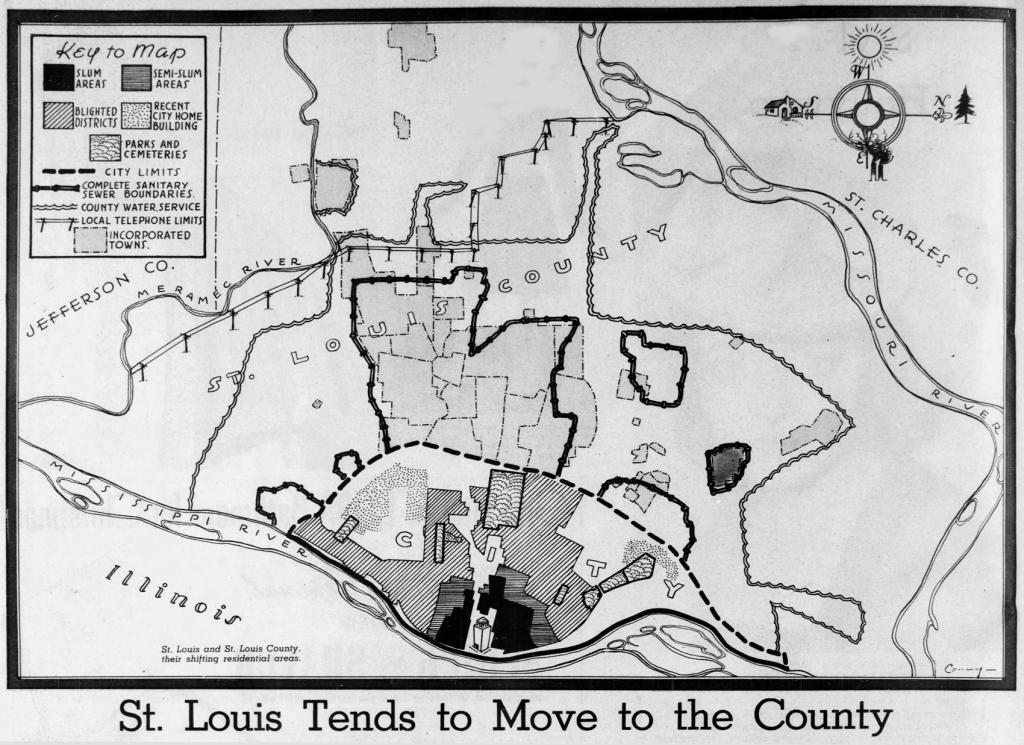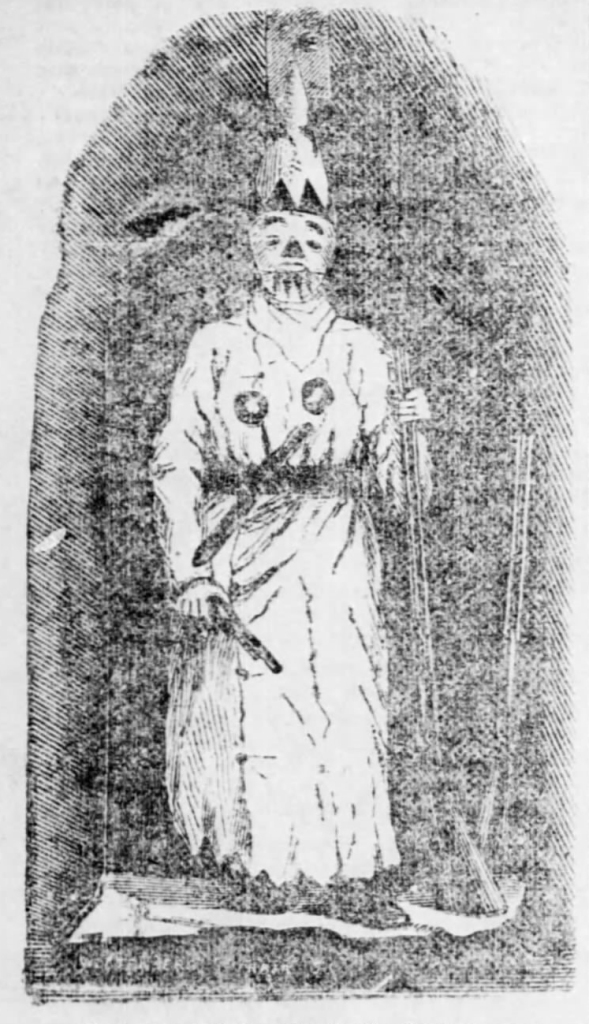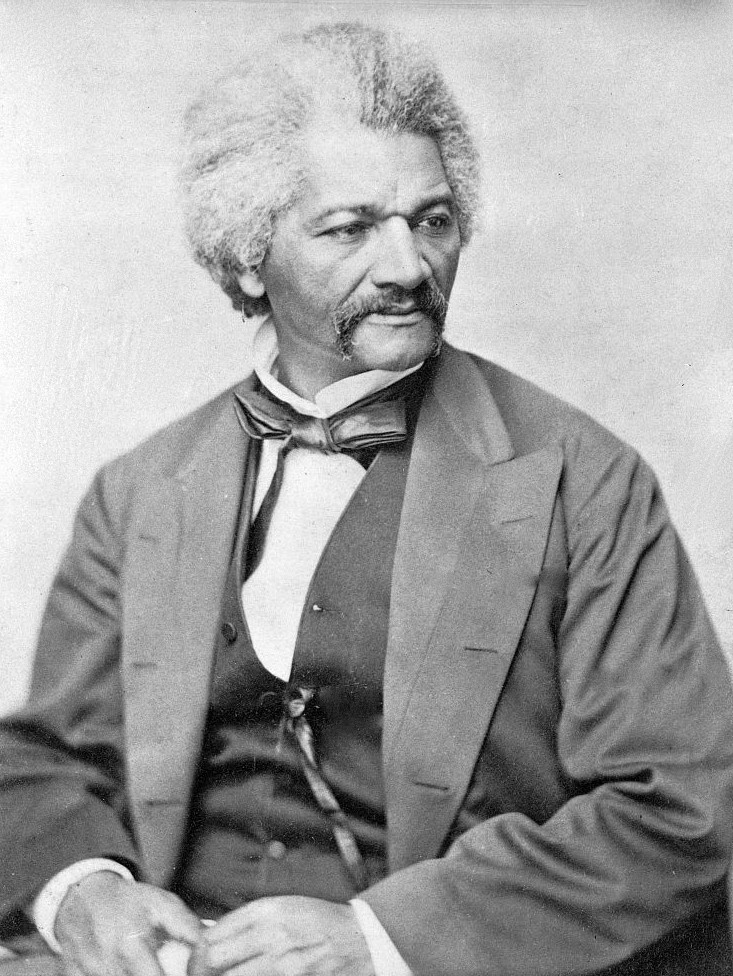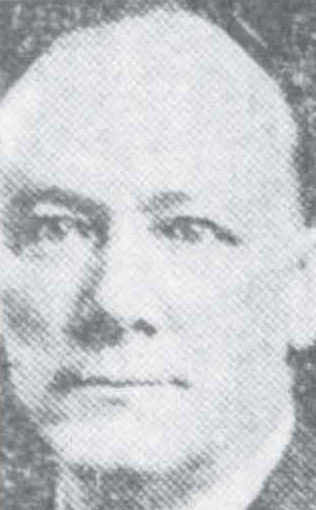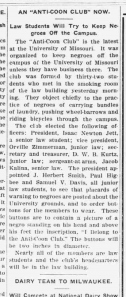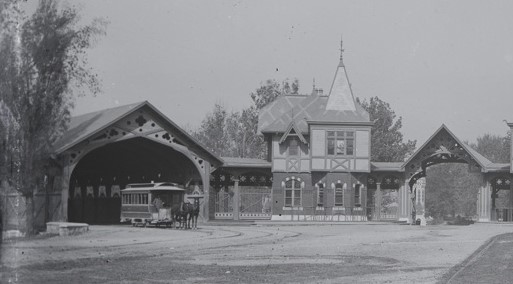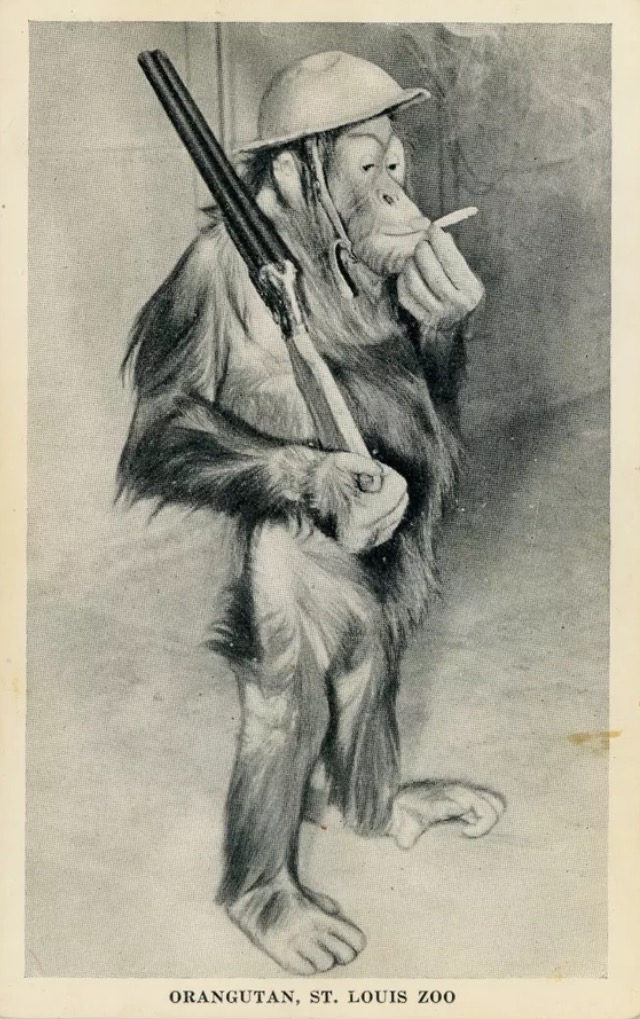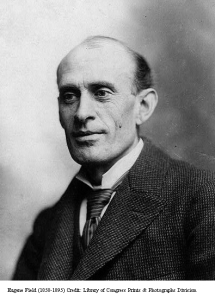The “Twain” sculpture by Richard Serra, located in downtown St. Louis, garnered an excessive amount of media attention in the early 1980s. This was due, in part, to its expense and because it was promoted by the St. Louis Post-Dispatch while simultaneously being criticized by the declining St. Louis Globe-Democrat.
In September 1985, novelist and professor William Gass took another look at Serra and his legacy in an essay for the St. Louis Journalism Review.*
Gass, taking note of the fact that much of St. Louis was in decline, wrote:
Continue reading “‘Memorial to St. Louis abandoned’”

